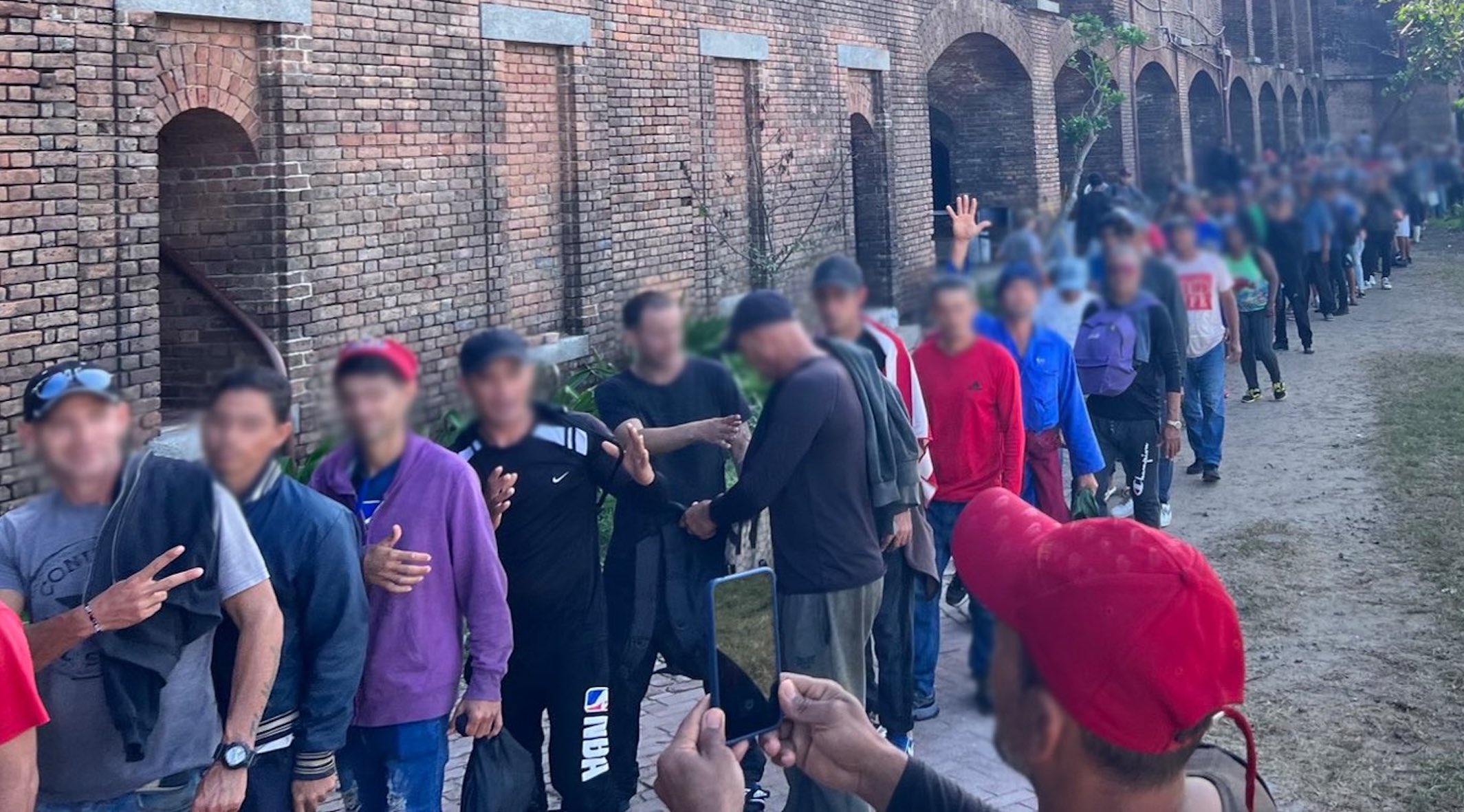Florida has seen an enormous spike in the number of immigrants encountered attempting to sail to its shores from Caribbean nations in recent months and a sharper increase in the last few weeks.
Over the past five months, federal authorities have taken into custody more than 12,000 immigrants either interdicted at sea or apprehended after making landfall, according to data compiled by the Homeland Security Task Force Southeast, a federal initiative that tracks Coast Guard and Border Patrol encounters.
Border Patrol agents out of Miami have made 400% more arrests of illegal immigrants on U.S. soil since October than the previous year, according to Walter Slosar, the Border Patrol’s chief patrol agent for the Miami Sector.
But the growing rate at which immigrants are setting sail and being encountered has risen over the past month due to rapidly evolving push and pull factors, according to immigration analysts who spoke with the Washington Examiner.
DAN CRENSHAW: SUBPOENA BIDEN TRANSITION TEAM FOR TRUTH ON ORIGIN OF BORDER CRISIS
From October through mid-December, Border Patrol apprehended 2,350 immigrants on Florida soil, up 500% from the same period last year.
The large majority of immigrants encountered by sea and land are from Cuba. Haitians make up the second-largest demographic. A few dozen of the 12,000 since August 2022 were citizens of the Dominican Republic, Romania, Georgia, and Venezuela.
The surge by sea comes after record-high encounters of Cubans and Haitians at the U.S.-Mexico border last year — 230,000 and 53,000, respectively.
Widespread crime, starvation, poor economies, and availability of all types of resources in both countries have prompted more people to flee through new and simpler routes.
“When we see these upticks specifically when it comes to people when they get here, these are sort of the tailwinds that have been happening with events weeks ago or months ago in that country,” said David Metellus, director of policy and politics at the Florida Immigration Coalition.
Haiti has not had a stable government for several years, and half of its capital city, Port-au-Prince, is controlled by gangs. In Cuba, people have less food available now than when the Soviet Union collapsed.
“Both countries are probably economically and politically as bad as they’ve been in the last 50 years,” said Adam Isacson, defense oversight director at the research and advocacy group the Washington Office on Latin America. “In the case of Cuba, you’re probably getting by [on] one or two meals per day.”
Most immigrants who make it to the southern border have traveled to Nicaragua in southern Central America and then made their way thousands of miles north to the U.S. southern border.
“The people going the maritime route just lack the money to take the Nicaragua route, which by a lot of estimates I’ve seen is $7,000 a person,” Isacson said.
Boats may get interdicted while still far out at sea or make landfall. Some landings have occurred as far north as Miami, Key Biscayne, and Palm Beach, which is home to former President Donald Trump’s residence at the Mar-a-Lago resort.
On Dec. 30, 2022, homeland security authorities began to see a sharp increase in illegal immigration attempts, notably around Dry Tortugas National Park, which is located 70 miles west of Key West.

Between then and Monday, more than 600 immigrants were encountered at sea, 364 at the national park, 326 in the Florida Keys, and several dozen more people on other small islands, according to the homeland security task force.
By Monday, the park closed indefinitely as federal, state, and local authorities struggled to respond to a mass migration event given the remoteness of the island and the time necessary to transport and process immigrants.
On Friday, the park announced it would reopen to the public next week as Gov. Ron DeSantis (R-FL) signed an executive order activating the National Guard to assist local law enforcement and federal military at sea.
CLICK HERE TO READ MORE FROM THE WASHINGTON EXAMINER
Metellus expects to see maritime migration continue to be the avenue that Cubans and Haitians use to get to the United States.
“We’re going to continue to see it,” Metellus said. “We’re starting to hear some reports of things that may have happened over New Year’s. With those sort of inflation points in the country, we know in the coming weeks and coming months we’ll see more waves of people leaving.”





